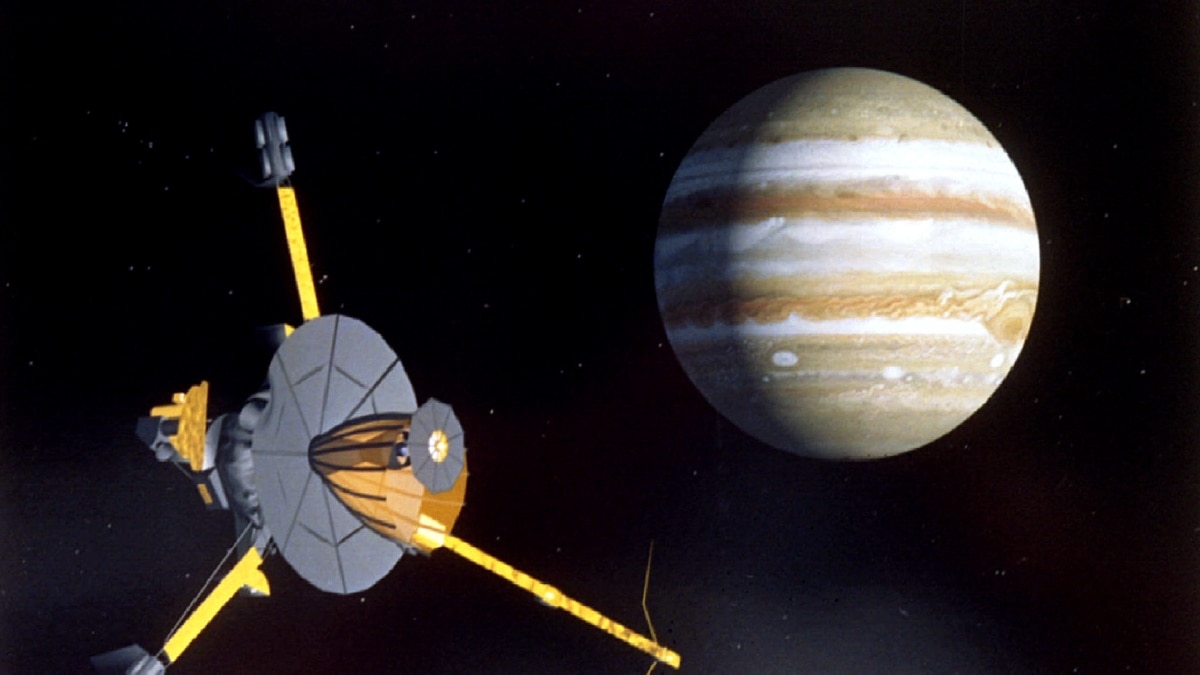Scientists are observing a giant planet that is about nine times the mass of Jupiter. The planet was in a very early stage of formation and contradicts current understanding of planet formation. Scientists describe the planet as if it were still in the womb.
The researchers used the Subaru Telescope, located near the summit of a dormant Hawaiian volcano, and the orbiting Hubble Space Telescope to detect and study gas giant planets orbiting very far from their young host stars. Gas giants are planets, like the largest planets in the solar system, namely Jupiter and Saturn, composed mostly of hydrogen and helium, with gas revolving around a smaller solid core.
“We think it’s still very early in the ‘birth’ process,” said astrophysicist Thayne Currie of the Subaru Telescope and NASA-Ames Research Center, lead author of the study published Monday in the journal Nature Astronomy. “The evidence suggests that this is the earliest stage of formation ever observed for a gas giant.”


